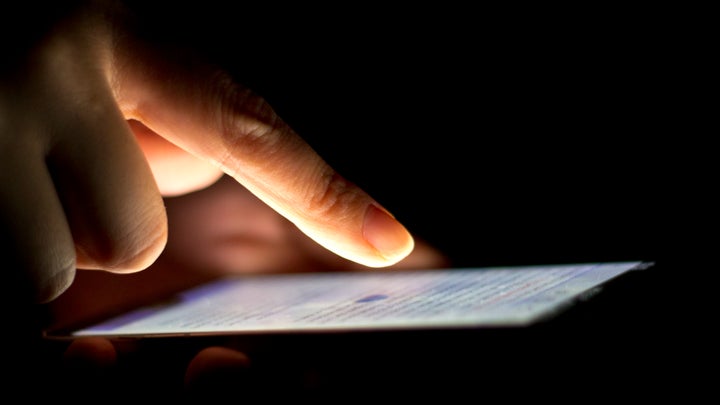
A little tech goes a long way.
An initiative out of Stanford University has found success in boosting preschoolers’ test scores by sending basic text messages to their parents. The texts, which are sent three times a week during the school year, suggest simple literacy-boosting activities for parents to do with their kids at home.
A pilot of the text message program, called READY4K!, was conducted among mostly low-income families at 31 San Francisco schools during the 2013 – 2014 school year. It was such a success that researchers now plan to roll it out to 50,000 families in 16 states next year. The Clinton Global Initiative will help the researchers maintain dialogue with some school systems once the program is implemented.
But that may just be the beginning.
"We feel like this has opportunities around the world,” Susanna Loeb, a professor of education at Stanford who helped develop the program, told HuffPost.
The reasoning behind using text messages is pretty simple. The overwhelming majority of adults in the United States have some sort of cell phone, and York says 80 percent of the parents who participated in the first phase of READY4K! had unlimited texting plans, even those in economically disadvantaged situations.
"Virtually all American adults have cell phones. Virtually all can get texts. And virtually all texts are read," Benjamin York, a doctoral student who worked with Loeb, said.
Parents who enrolled received periodic text messages on their phones with basic activity suggestions for their children. For example, a message might have said: "Tip: Say two words to your child that start with the same sound, like happy and healthy. Ask: can you hear the 'hhh' sound in happy and healthy?"
"The evidence to us shows that text messages have some real advantages -- 140 characters are real easy to digest," Loeb told HuffPost. "Everyone has access to it. It doesn't involve opening an app, or being somewhere where you watch a video."
While research shows that phone notifications can ruin an individual's focus, READY4K! messaged users only three times a week in its initial program. And the activities were phone-free for kids: The text messages might suggest a word-learning activity, but the child never had to touch the device.
Plus, if you're going to be disrupted by a text message, it may as well be something that can improve someone's life.
A study that looked at the pilot program -- released November 2014 in the National Bureau for Economic Research -- found that the text messages made parents more likely to participate in home literacy activities with their children. This increased engagement translated into learning gains for preschool-aged children in areas of early literacy.
"We're blown away by the effectiveness of the program," York told HuffPost.